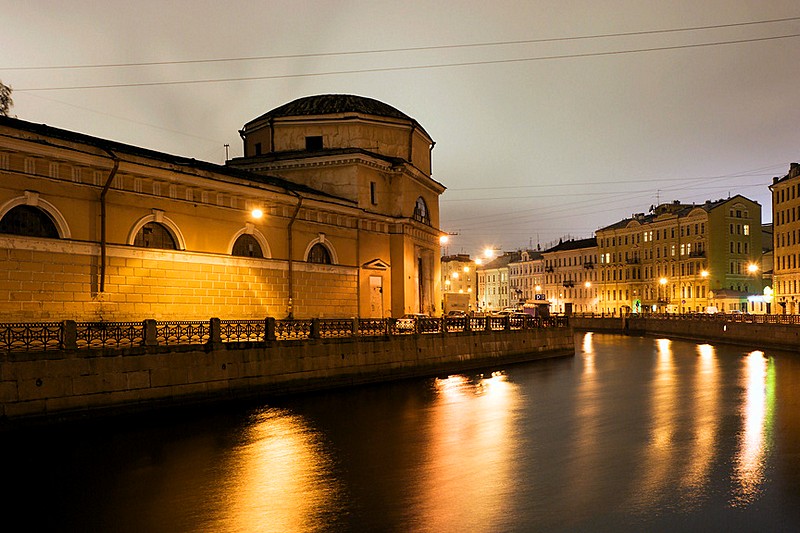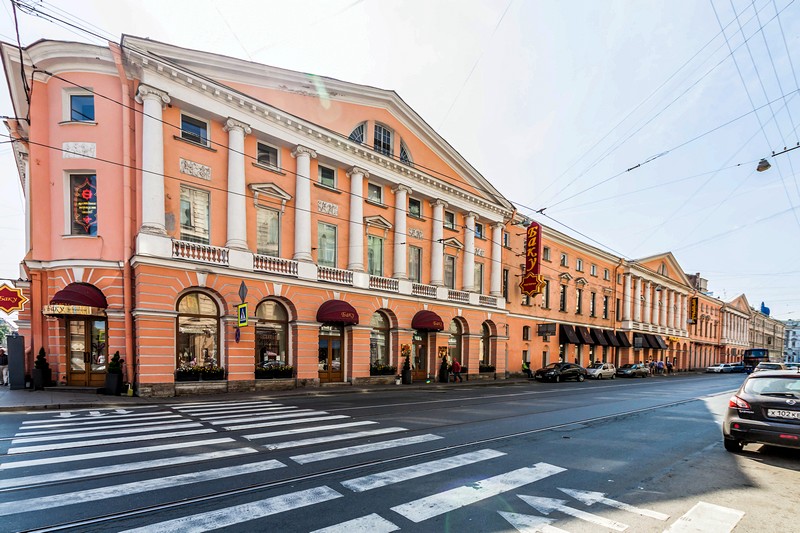Luigi Rusca
Architect
Born: Ticino, Switzerland - 1762
Died: Valenza, Italy - 1822
A prolific architect who worked in St. Petersburg, Moscow, and Ukraine, Luigi Rusca arrived in St. Petersburg in 1783 and served as a master mason to Yuri Felten, Vincenzo Brenna and Giacomo Quarenghi, but it was not until 1790 that his independent career as an architect began to develop. Rusca designed interiors at the Anichkov Palace, the Grand Palace at Gatchina, the Ropsha Palace, at Oranienbaum, Tsarskoye Selo and Peterhof; he worked extensively on Kamennoostrovskiy Palace; he built residences for several prominent St. Petersburg citizens; and he was responsible for a huge number of public buildings in the city centre, including several regimental barracks and educational institutions.
By 1802, Rusca had been appointed to the position of court architect, and this allowed his designs to reach cities throughout Russia. His most famous work is undoubtedly the imposing Nikolskaya Tower of the Moscow Kremlin. Rusca remained in Russia until 1818 when he moved back to Italy. He died 1822 in Valenza. Although Rusca reached the very top of his profession, he never benefited from the type of large-scale commissions entrusted to his former employers or his immediate successor, Carlo Rossi, and his works are characterized by their functionality and the elegant simplicity of their neoclassical designs.
Works: Church of the Icon of the Mother of God "Joy of All Grievers", Bobrinskiy Palace, Rusca Portico, Chevalier Guards Barracks and Riding School, Izmailovskiy Life Guards Barracks, Finland Regiment Barracks, Ebeling House, Court Stables Department, Jesuit College, Mary Magdalene Hospital, Ecclesiastical College (Alexander Nevsky Monastery), Exerzirhaus (Club of the Military-Cosmic Academy)
Connected with: Yuri Felten, Vincenzo Brenna, Giacomo Quarenghi






